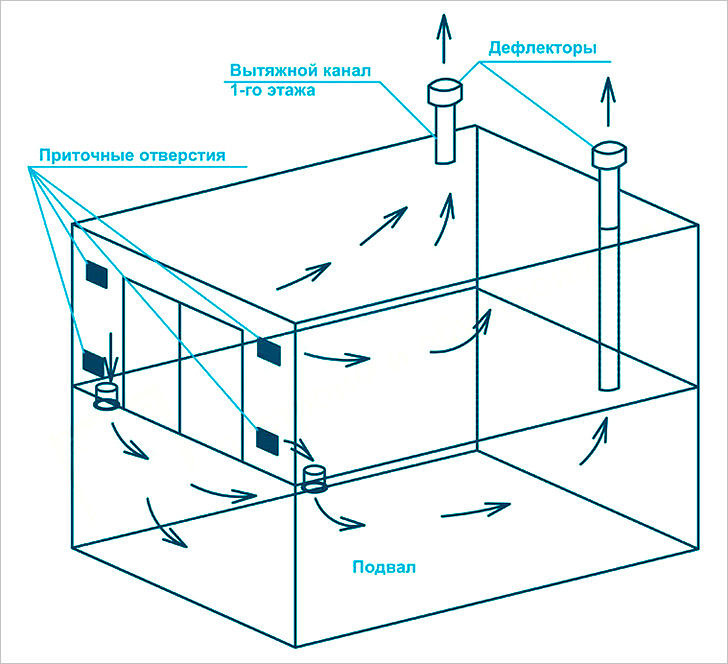
Chertezh Ventilyacii Avtomojki
Statistics for duangtawan.com Summary Period: March 2017 - Referrer Generated 01-Apr-2017 00:05 ICT. หัวเรื่องคำถาม: อยากรู้เกี่ยวกับการทำ Orthogonal ครับ รายละเอียดคำถาม: ผมอยากทราบการทำ Orthogonal polygons ใน mapinfo8.
This article is about the flowering plant. For the sea urchins, see.
Echinacea Echinacea purpurea 'Maxima' Kingdom: Clade: Clade: Clade: Order: Family: Subfamily: Supertribe: Tribe: Genus: Echinacea, 1794 Brauneria Necker ex T.C.Porter & Helichroa Echinacea is a genus, or group of in the. The genus Echinacea has ten species, which are commonly called coneflowers.
They are found only in eastern and central, where they grow in moist to dry and open wooded areas. They have large, showy of composite, blooming from early to late summer. The generic name is derived from the word ἐχῖνος ( ekhinos), meaning ', due to the spiny central disk. These flowering plants and their parts have different uses. Some species are cultivated in gardens for their showy flowers. Two of the species, and, are listed in the as. A bee on an Echinacea purpurea head Echinacea species are, -tolerant growing up to 140 cm or 4 feet, in height.
They grow from, except, which grows from a short with fibrous roots. They have erect stems that in most species are unbranched. Both the and cauline (stem) leaves are arranged. The leaves are normally hairy with a rough texture, having (1–4 rings of cells) but sometimes they lack hairs. The basal leaves and the lower stem leaves have, and as the leaves progress up the stem the often decrease in length.
The leaf blades in different species may have one, three or five nerves. Some species have linear to leaves, and others have; often the leaves decrease in size as they progress up the stems. Leaf bases gradually increase in width away from the or the bases are. Most species have that are, but sometimes they are. The flowers are collected together into single rounded at the ends of long.
The have crateriform to shaped involucres which are 12–40 mm wide. The, or below the flower head, are persistent and number 15–50. The phyllaries are produced in a 2–4 series. The receptacles are hemispheric to. The ( on the receptacles of many ) have orange to reddish purple ends, and are longer than the disc corollas. The paleae bases partially surrounding the, and are keeled with the abruptly constricted to tips.
The number 8–21 and the are dark purple to pale pink, white, or yellow. The tubes of the are hairless or sparsely hairy, and the are spreading,, or drooping in habit.
The faces of the are or moderately hairy. The have typically 200–300 fertile, bisexual but some have more. The are pinkish, greenish, reddish-purple or yellow and have tubes shorter than the throats. The is normally yellow in most species, but usually white in. The three or four-angled (), are tan or bicolored with a dark brown band distally.
Test Drive Unlimited 2-SKIDROW Size: 6.41 GB. Now i got a quick question were there suppose to be more crack files in the skidrow. Test drive unlimited 2 nocd nodvd 1.0 skidrow. Test drive unlimited 2 update 6 skidrow crack sims.
The are persistent and variously crown-shaped with 0 to 4 or more prominent teeth. Like all, the flowering structure is a composite, with rose-colored (rarely yellow or white) arranged in a prominent, somewhat cone-shaped – 'cone-shaped' because the petals of the outer ray florets tend to point downward (are ) once the opens, thus forming a cone. Plants are generally long lived, with distinctive flowers. The common name 'cone flower' comes from the characteristic center 'cone' at the center of the flower head.

The generic name Echinacea is rooted in the Greek word ἐχῖνος ( echinos), meaning, it references the spiky appearance and feel of the flower heads.  Species [ ] is applied to determine the number of Echinacea species, allowing clear distinctions among species based on chemical differences in root. The research concluded that of the 40 genetically diverse populations of Echinacea studied, there were ten distinct species.
Species [ ] is applied to determine the number of Echinacea species, allowing clear distinctions among species based on chemical differences in root. The research concluded that of the 40 genetically diverse populations of Echinacea studied, there were ten distinct species.
Species: • – Narrow-leaf coneflower • – Topeka purple coneflower • – Smooth coneflower, smooth purple coneflower • – Pale purple coneflower • – Yellow coneflower, Bush's purple coneflower • – Purple coneflower, eastern purple coneflower • – Sanguine purple coneflower • – Narrow-leaved purple coneflower • – Wavyleaf purple coneflower • – Tennessee coneflower Research [ ] Echinacea products vary widely in composition. They contain different species (,, ), different plant segments (roots, flowers, ), different preparations ( and expressed juice), and different chemical compositions which complicate understanding of a potential effect. Well-controlled are limited and low in quality. Although there are multiple and published on the supposed effects of Echinacea, significant variability of products used among studies has limited conclusions about effects and safety, consequently leading to non-approval by regulatory authorities like the United States of any health benefit or anti-disease activity.